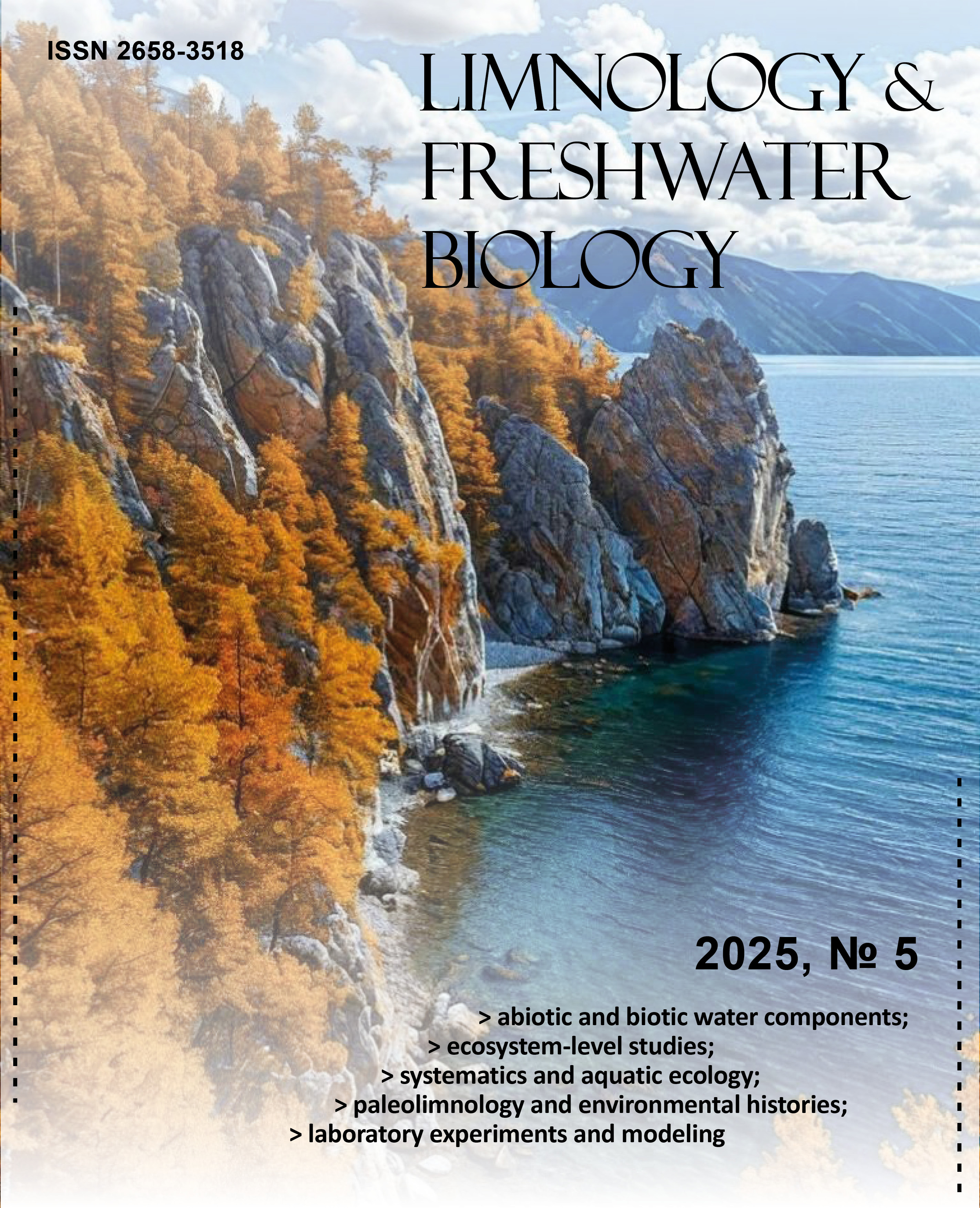Modelling of melt using simple and enhanced temperature-index models: testing for the Sygyktinsky Glacier, the Kodar Range (northern Transbaikalia, Russia)
DOI:
https://doi.org/10.31951/2658-3518-2025-A-5-1158Keywords:
Kodar Range, Sygyktinsky Glacier, melt, surface energy balance, T-index model, shortwave radiation, albedoAbstract
Modelling snow and ice melt in drainage basins can significantly improve the forecasting of hydrological processes at local and regional scales. Melt rates on the surface of the Sygyktinsky Glacier were measured using an ultrasonic ranger and calculated by the physically based surface energy-balance (SEB) model with a 30-minute resolution for the period from 7 July to 23 August 2021. Two temperature-index models, simple (TM) and enhanced (ETM), were tested to calculate melt rates. All models used 30-minute meteorological data from automatic weather station installed in the central part of the glacier at the mean equilibrium line altitude (2561 m a.s.l.). The performance of the temperature-index models was assessed by comparing 30-minute melt rates with the physically based SEB model. The TM model used air temperature as a predictor, explaining up to 30% of the variability of melt rates. Meanwhile, the ETM model, taking into account incoming shortwave radiation and albedo besides air temperature, demonstrated significantly better performance. The model explained up to 90% of variance in the 30-minute melt rates. The advantages of the enhanced model can be used for future studies of spatial variability of melt rates on the Kodar glaciers.
Downloads
Published
Issue
Section
License
Copyright (c) 2025 Limnology and Freshwater Biology

This work is licensed under a Creative Commons Attribution-NonCommercial 4.0 International License.

This work is distributed under the Creative Commons Attribution-NonCommercial 4.0 International License.







